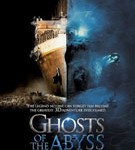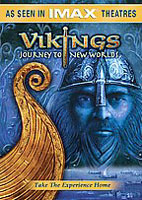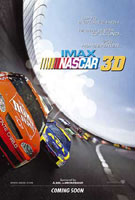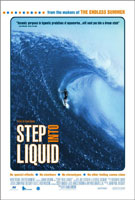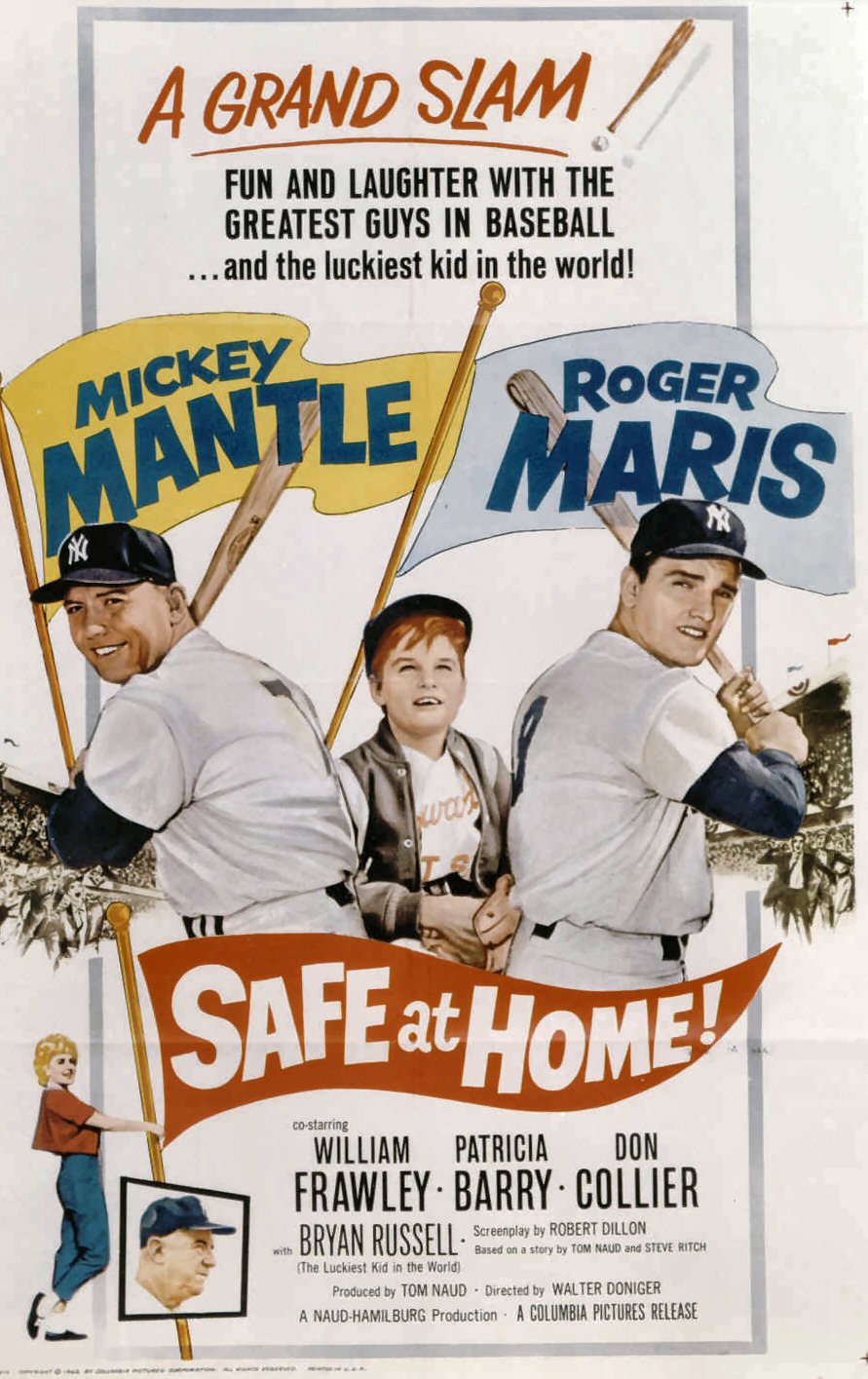Myths are the stories we tell ourselves over and over. They begin as products of the truth, but like the elementary school game ‘telephone,’ the original story evolves. Every time the tale is retold the truth becomes livelier and livelier until the original event is elevated to something far more exotic and interesting. From the start of time, stories began as a completely oral experience. With the printing press we could now write down all the details and distribute it to the masses in the form of books. Today we have an even more powerful medium with which to record our stories and transform them into myths: film, a combination of sound and moving pictures, audible and visual. With each innovation in comes the ability to speed up the rate in which we take a story and make it myth. And of all the stories in modern history that we romanticized, the sinking of the Titanic is the one that ices the cake. In 1997 James Cameron’s lavish recounting of the 1912 disaster became the most popular film of all time. With Ghosts of the Abyss, the director returns to the ocean floor but this time to make a 3D IMAX spectacle, with the emphasis on the spectacle.
Ghosts of the Abyss is a movie within a movie as much of the narrative focuses on all the fabulous equipment that’s needed to make such an expedition. Along for the ride is Titanic star Bill Paxton to narrate the adventure and offer his personal thoughts.
Let’s be frank, while Cameron’s name being attached to the film is intriguing, the real reason to watch Ghosts of the Abyss is for the presentation. IMAX is cool enough, but 3D IMAX? Just give me the glasses and let the movie roll. I was more than happy to kick back and zone out as the haunting images of the metal tomb floated by in all of its three-dimensional glory. The CG models of what the ship originally looked like are equally impressive minus the emotional attachments. Ghosts of the Abyss is all about the spectacle of a six-story screen and the sensory bombardment of a rope flying at you or bubbles heading for the surface right in front of your nose. There is a documentary in there somewhere but it takes a definite back seat to the visuals. Actually, I’d squeeze the narrative into the trunk next to the spare tire. Paxton narration is moderately interesting but I would have rather had a simple set up of the trip and left the rest to a haunting soundtrack (sans Celine Dion or any lyrics that included “I’m the king of the world!”). But rather than sum up the known facts of the voyage again, Ghosts of the Abyss sticks to the expedition itself and the personal thoughts of the cast and crew.
This is unlike anything I’ve ever experienced before. I’ve seen old 3D movies in the past, but they were primitive and not at all convincing. This is in full color and on a screen that takes up almost all of your peripheral vision. In short, it feels like you’re a part of the expedition.
If Ghosts of the Abyss proves one thing, it’s that there are Titanic-aholics that belong on Beat the Geeks. Titanic fandom/obsession/ geekdom is much more acceptable than the berating Trekkies, Star Wars fans and Comic Book Guy wannabes get everyday. Even in only watching a few movies about the Titanic and reading Walter Lord’s A Night to Remember, I have rough outlines of many of the passengers and crew. A couple more viewings of Titanic and I might even have the playlist of the band’s final songs memorized. Of course, all this is subject to myth as the Titanic’s tragic story has been told, retold and retold again. The truth is out there but I have a hunch that it’s stuck at the bottom of the North Atlantic. Barring any financial windfalls exceeding a couple of billion dollars, I doubt I’ll get any closer to the bottom of the sea than I did with Ghosts of the Abyss, a spectacle to marvel at but a bit of a bore once you’re aware of your own gawking.
The myth of the Titanic will continue to grow and we’re likely to continue to consume it. But as far as sheer impact, it’s going to be tough to compete with Ghosts of the Abyss (just as long as it’s complimented by a copy of “National Geographic” for the facts as we know and tell them).
Ghosts of the Abyss Gallery
